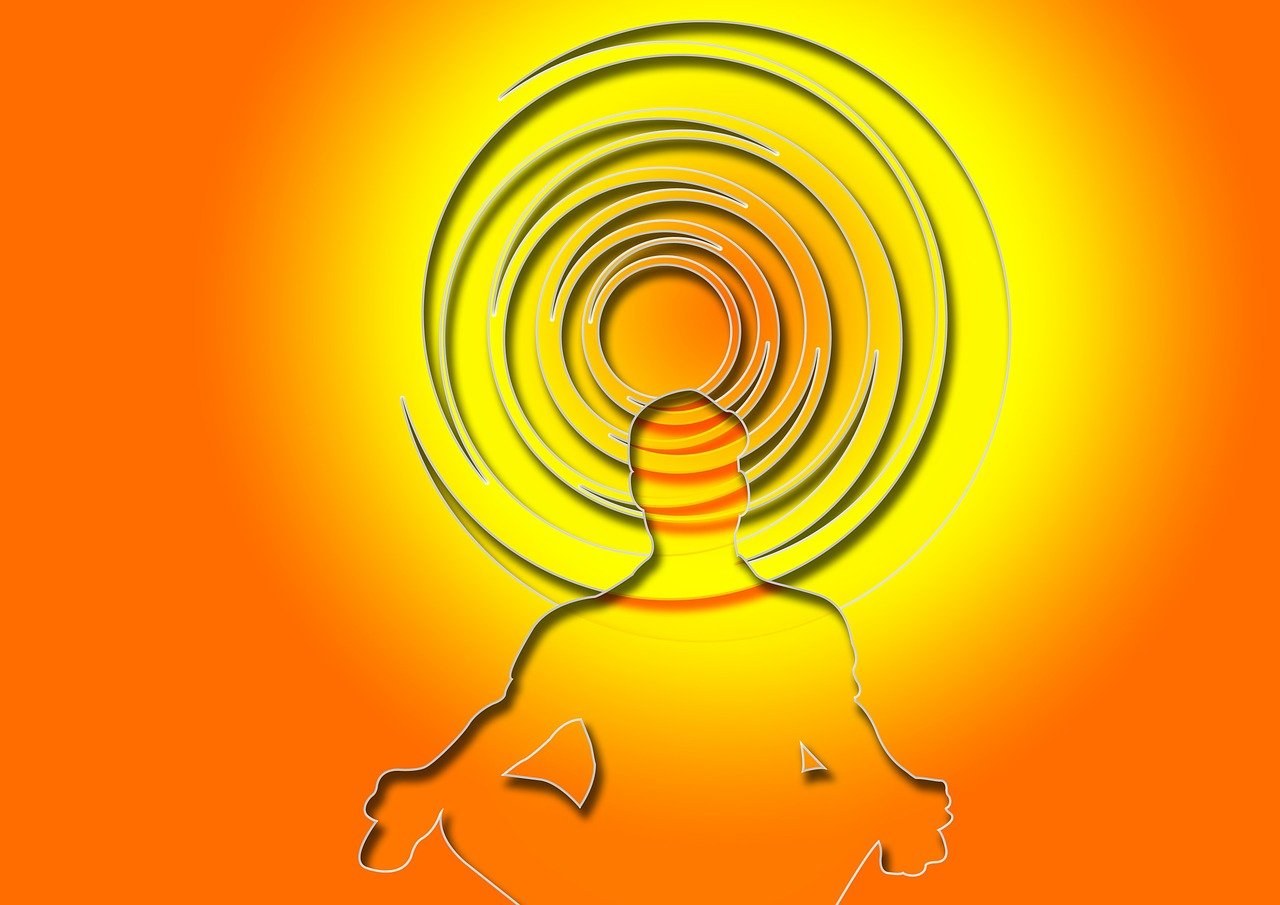Hoping for connection after a long day is natural, yet desire does not always align perfectly between two people. There will be evenings when your partner is simply not in the mood -and that does not reflect on your attractiveness, your skill, or the quality of the relationship. It is a momentary mismatch. Reading the room with empathy can save you both from awkwardness, disappointment, or pressure. This guide reframes familiar scenarios, translating them into clear, respectful cues so you can pivot with grace, protect trust, and nurture closeness even when sex is not the plan.
Consent, kindness, and the bigger picture
Modern intimacy thrives on enthusiastic agreement-consent that is freely given and easy to recognize. When your partner is not in the mood , honoring that boundary is not a begrudging compromise; it is an act of care that deepens safety and connection. Even if a reason feels flimsy to you at first blush, realize that people often soften the truth to avoid hurting someone they love. A considerate response-no wheedling, no guilt-tripping-keeps the door open for desire to return another day. Treat the moment as information, not rejection, and you will both feel respected.
How to read the cues without second-guessing
Because sexual signals can be subtle, it helps to interpret patterns rather than single remarks. What follows are common, telltale indicators that your partner is not in the mood tonight. None of them are punishments; they are simply signs that the wisest move is to dial back the pressure, switch gears, and choose a form of intimacy that fits-conversation, a shoulder rub, a movie, shared quiet-until desire naturally reappears.

-
Aftershocks from a serious argument
Some conflicts end in laughter and make-up cuddles; others leave lingering tenderness in all the wrong places. If the discussion you had earlier spiraled-raised voices, doors closing harder than usual, tears-assume emotional safety needs attention before anything physical. A person can care about you deeply and still be not in the mood after a raw exchange. Rather than angling for a quick transition into sex, reach for repair: a sincere apology, a gentle check-in, or a quiet moment together. Resolution restores closeness; forcing a vibe only delays it.
-
Weariness that is more than a shrug

Fatigue is not a cop-out when it is visible in the body-heavy steps, unfocused eyes, a long exhale with each sentence. Sometimes the day asked too much. If your partner mentions being wiped out, they may truly be not in the mood to perform, to endure prolonged stimulation, or even to negotiate preferences. Consider offering comfort instead: draw the curtains, bring water, suggest cuddling. Paradoxically, feeling cared for when exhausted can rekindle desire on a different night. Treat rest as an ally, not an obstacle.
-
Period discomfort and everything that comes with it
Menstruation can amplify cramping, bloating, and body sensitivity. For some, it increases desire; for others, it makes intimacy feel like one battle too many. If your partner shares that their period started-or gestures toward a heating pad, or moves gingerly-it is compassionate to assume they are not in the mood . This is not prudishness; it is a body asking for gentleness. Offer warmth, tea, or a blanket. If you both enjoy intimacy during this time, you already know the routine. If not, let care lead and postpone anything vigorous.

-
Plans with friends take the front seat
When a night is already promised to friends, the social energy and timing rarely align with spontaneous passion afterward. If your partner excitedly rattles off meet-up details, they are signaling priorities for the evening. It is not about escaping you; it is about honoring a different kind of connection. Assuming they are not in the mood tonight keeps expectations realistic and prevents friction later. A sweet message-“Have fun, can’t wait to see you tomorrow”-builds goodwill and often makes future affection feel effortless.
-
Time pressure that will not budge
Let’s face it: most people can carve out a quick moment if they truly want to-but sometimes that is precisely the point. If your partner says there is no time, they may be telling you that a rushed encounter feels unappealing right now. They are not in the mood for intimacy that competes with a clock. Pressuring with promises of speed rarely helps. Instead, protect desire by scheduling a relaxed window soon, or pivot to something brief and affectionate that does not pretend to be sex. Respect for the pace your partner prefers spreads calm across the relationship.
-
A meticulously curated movie or show marathon
When the living room is staged for a cinematic gauntlet-snacks lined up, queue arranged, lights adjusted-you are being invited into leisure, not necessarily into bed. If your partner talks more about the plot twists ahead than the possibility of a nightcap, they are likely not in the mood . Rather than trying to wedge seduction between episodes, let the marathon be what it is meant to be: shared downtime. The more you honor the evening’s chosen vibe, the more your partner will trust you to read the signs next time-trust that deepens attraction.
-
A headache that crowds out pleasure
Head pain is a full-body experience. Focus narrows, light stings, and arousal feels far away. If your partner mentions a throb behind the temples or winces at sudden movements, assume they are not in the mood . This is not a script from a sitcom-many headaches are incompatible with intense stimulation or rhythmic motion. Consider an alternative: dimmed lamps, quiet, perhaps a gentle shoulder rub if they want it. Compassion here is compelling; it says, “I value how you feel more than what I want right now.” That message is potent foreplay on a different night.
-
Extended bathroom breaks or digestive distress
Nothing kills the spark like a stomach in revolt. When trips to the bathroom are frequent or long, discretion is kindness. Your partner may feel embarrassed and therefore doubly not in the mood -physically uncomfortable and mentally preoccupied. A supportive response sounds like, “No worries at all-let’s take it easy.” Offer comfort without jokes that could land wrong. Creating safety in unglamorous moments strengthens intimacy where it counts.
-
Cold symptoms and the slow drag of being ill
Sniffles, coughs, feverish chills-none of these pair well with passionate enthusiasm. When your partner is under the weather, they are often not in the mood , even if the heart wants closeness. Desire is not a willpower contest; the body has veto power. Fetch tissue, make tea, and bring the soft blanket. A lover who prioritizes healing becomes the person one wants to curl into later-once the sinuses stop staging a rebellion.
Why these signals matter more than the reasons
It is tempting to cross-examine the explanation and grade it for validity. But the essential insight is simpler: your partner is telling you they are not in the mood . Arguing the merits of exhaustion or the logistics of timing places you on opposite teams. Being on the same team means you both protect “no” so that “yes” stays joyful. When a boundary is easy to say and safe to hold, desire returns without baggage.
Responding in ways that build attraction, not pressure
Responses carry meaning beyond the words themselves. A playful pout or an eye roll can register as dismissal, which makes someone even more not in the mood the next time uncertainty appears. Choose the signals that invite future warmth: “Thanks for telling me,” “How can I support you right now?” or “Let’s make tomorrow special.” These phrases do not bargain or pry; they honor the moment. Over time, such responses create a climate where both partners can express desire and disinterest openly-no bracing for backlash, no elaborate excuses.
What to do instead-connection without the pressure
Sex is one lane of intimacy, not the only road. When your partner is not in the mood , shift toward closeness that fits the evening: slow dancing in the kitchen, a shared playlist, a board game, reading side by side, or simply holding hands while the credits roll. Replace the expectation of arousal with the intention to be present. You are still a team. And if physical touch feels good but sex does not, consider a back rub, a foot massage, or a long embrace-always with a check-in first.
When excuses feel repetitive
If you notice a pattern stretched over time-many nights of being not in the mood -that is not your cue to persuade harder; it is your cue to talk. Approach the conversation as collaborators, not adversaries. Use gentle language: “I miss feeling close; can we explore what would help?” Perhaps stress is heavy, routines are stale, or emotional needs are not being voiced. Curiosity is more productive than accusation. Your patience now is an investment in future desire.
Self-reflection that keeps desire alive
It is easy to focus on your partner’s signals and forget your own. Are you approaching with warmth, humor, and care-or only with an agenda? Would you be receptive to advances delivered in the same tone you are using? The quickest way to encounter “I am not in the mood ” is to treat intimacy like a test to pass rather than a dance to share. A small shift-lingering eye contact, appreciative words, an unexpected act of service-can change the emotional weather more than any elaborate plan.
Repairing after a mismatch
Even with the best intentions, mismatches can sting. Maybe you got your hopes up. Maybe you read the signals optimistically. Take a breath. If you reacted poorly, own it: “I’m sorry I pushed. Thank you for telling me you were not in the mood .” Repair is not dramatic; it is consistent. The more quickly you two can move from awkwardness to reassurance, the more resilient your intimacy becomes.
Keeping romance collaborative
Romance flourishes when both people feel they can shape it. Instead of guessing nightly, co-create a rhythm that suits you both: relaxed evenings, planned date nights, playful surprises. When you both contribute, you will hear “I’m not in the mood ” less often, not because anyone is pressured, but because safety and anticipation are doing quiet magic in the background.
When a soft “no” is actually a gift
Think of tonight’s “no” as a chance to practice being the partner you want to be-reliable, kind, attuned. If your partner is not in the mood , they are offering you a moment to demonstrate patience and care. That rarely goes unnoticed. Tomorrow’s “yes” often grows in the soil of how you handled today’s “no.”
Bringing it all together
Desire ebbs and flows. The signs above are less about decoding a mystery and more about listening well. When your partner is not in the mood -after an argument, due to exhaustion, during a period, because plans are set, when time is tight, amid a show marathon, with a headache, during bathroom troubles, or while sick-the loving response is to ease off and offer comfort. You are choosing the relationship over a single moment. That choice, repeated, becomes a habit. And habits shape the kind of closeness that lasts.
So, if tonight is not the night, treat that reality with generosity. Share warmth without an agenda, hold boundaries with respect, and let desire return on its own timetable. Good things have a habit of meeting those who wait with care-and when the spark comes back around, you will both be ready, unburdened by pressure, and far from not in the mood .